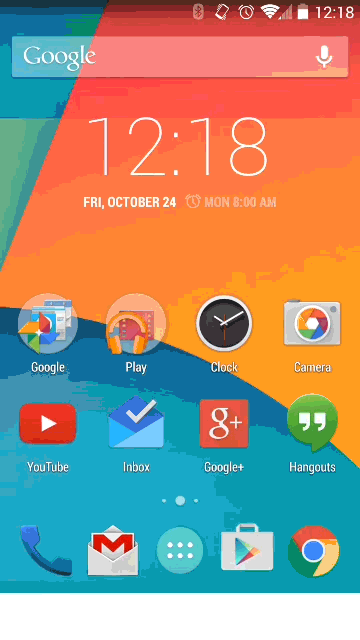What...
imo messenger is a cross platform (Android, iOS, web) messaging app focusing on high quality video and voice calls, fast messaging and fun stickers. Imo now connects over 150 million people across the world.
Why...
imo's primary focus is to create a fun, fast and reliable messaging application that anyone can use, whether on android, ios, or web, a free alternative to costly phone calls and text messaging.
How...
Working in a lean(UX) start-up process we were able to build fast, learn fast, and iterate fast. My role in this process started with concepts of the feature or product we were working on. We'd have collaborative meetings consisting of white-boarding and basic wire-framing to ignite our ideas going forward. Once we had a solid understanding of what it was we wanted to do I would start on more in-depth wire frames and user flows...
And interactive prototypes...
Let's make it simple...
One of imo's biggest pain points was it's registration process. About 40% of users who downloaded imo would actually register. This didn't make sense. We're trying to create the easiest way to communicate with people around the world and it was too hard to do that.
We had to make it simple. So, what I wanted to do was redesign the entire registration process from the ground up. The registration process at the time consisted of 5 total screens with an email verification that would take users out of the app.
Screen 1 - Enter name and age.
Screen 2 - Enter email and create a password (which required the user to verify their email address).
Screen 3 - Create a Family Group.
Screen 4 - Create a Friend Group.
Screen 5 - Create a Work Group.
I spent awhile tracking stats on the registration pages, reading customer feedback, and testing registration with my friends and family to see where the biggest drop was. Our stats show about 75% of the people dropping off registration on the enter email and password. It seemed as though the verifying email process was the problem.
Solution...
Doing more research (looking at our competitors and looking into other verification flows) we saw that verifying users via their phone number could actually be a better option. It's faster for the user to sign up/in, it didn't require our users to jump off the registration flow, and it was quick. In most cases we could actually pre-fill the phone number from the phone info. The phone number wasn't the only thing we were able to pre-fill. First and last name could be pre-filled when signing up, too. Using this functionality as often as we could we could almost entirely eliminate our users from having to enter anything. Age would need to be selected if signing up and nothing would need to be done if signing in.
After implementing this 3 step process we saw our registration percentage increase from 40% to almost 90%.





































































